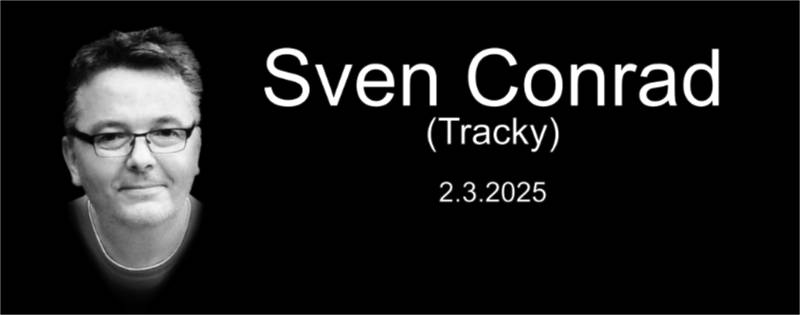Hi Blackbird,
for the green laser (Coherent Verdi) it's <0,5mRad @ 3mm Beamdiameter. This <0,5 can mean everything, so we measured it with our Modemaster System. It's excactly 0,39mRad.
For all other lasers it's quite difficult to tell. All other lasers are Jenoptik Whitelight lasers (which originally were built to be used as light source for the Schneider Laser TV Projection System). These lasers are designed to be used with optical fibres and normally do something up to 14W RGB (real 'xenon' whitelight...628/532/445@1:1:1...not 'green' whitelight). We did some 'pimping' on these systems in our company, and now every laser is optimized for doing only one colour or a mixed colour out of two colours. The divergence is something about 0,4mRad @ about 1,5mm Beamdiameter. Some of these lasers have a smaller beam and some have a bigger beam. So for some colours the divergence is bigger than 0,4 and for some it's a bit smaller than 0,4mRad. Our Blue system reaches 0,3mRad@445nm@8,5W@4mm Beamdiameter (this one burns really everything...it's 'only' 8,5W, but the most powerful laser I ever worked with

)!
But we always have problems with the handling of such high-power-beams, and because of this the beams normally don't reach these perfect divergences in Rainbow-projects. We have big problems with all kind of mirrors. It's too much energy in too dirty air. The best would be running these lasers in a clean room with a window. And not only mirrors are a problem, we also have problems with differences in optical density of air. The beams in Toulouse were shaking all the time, because of temperature differences between in- and outdoor. So the air has different optical densities and begins to move/deflect the beam and also wides it up. So in vacuum our rainbow would look much more sharp, I think.
What's also very important: All these lasers are real TEM00-Lasers with only one lasersource (no diode arrays). For every colour (also the mixed colours) it's a frequency doubled and/or sum-frequency generated Beam out of a 1064nm MOPA (Master Oscillator Power Amplifier). This means you first have a high quality but low power master Beam which second is amplified 4 times from double side pumped YAG-crystals. So it's only 1 high power and high quality Beam, generated out of the power of 9 pump diodes. And this one is used for frequency doubling and/or sum frequency generation. This sounds complicated, and ouf course...it is!

Tobias
















 © Copyright 2025 - LaserFreak.net
© Copyright 2025 - LaserFreak.net